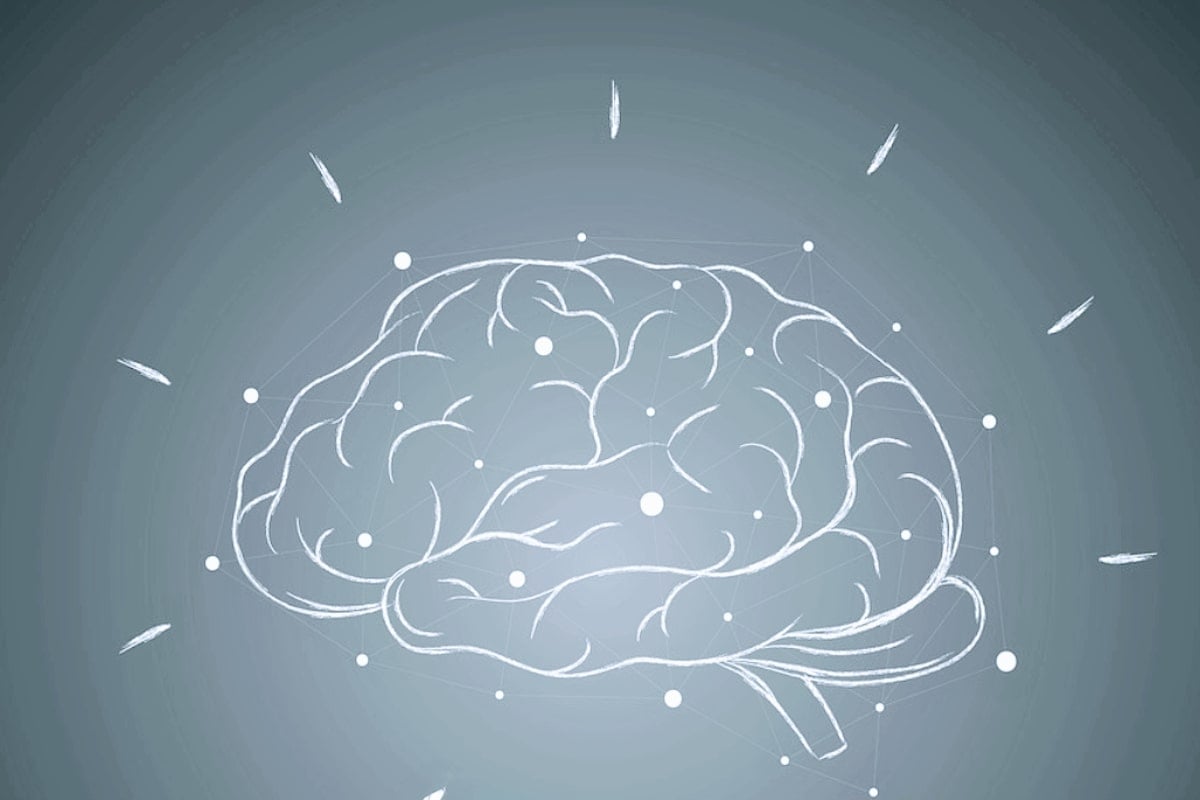Summary: Octopamine, the major neurotransmitter responsible for the “fight-or-flight” response in invertebrates, can communicate with mammalian brain cells to prevent cell death.
By introducing octopamine to cultures of astrocytes, the scientists found that it prompts the production of lactate, which promotes cell survival, and this discovery could lead to future therapies for neurodegenerative diseases.
The study also raises questions about the role of octopamine in healthy brains and its impact on learning, memory, and aging.
Source: Northwestern University
Northwestern Medicine scientists have discovered how octopamine, the major “fight-or-flight” neurotransmitter in invertebrates, communicates with other cells in mammalian brains to prevent cell death, according to a study published in the Proceedings of the National Academy of Sciences.
Although octopamine is still found in the mammalian brain in trace amounts, its function has been replaced by epinephrine. Long thought to have been an evolutionary leftover in mammals, the role of octopamine in the human brain has not previously been well understood.
In the current study, investigators first set out to understand how astrocytes, which make up the majority of cells in the human central nervous system, contribute to brain dysfunction in neurodegenerative diseases. In astrocyte cultures from the cerebral cortex of mice, scientists found that introducing octopamine at certain levels prompted the production of lactate in the astrocytes, promoting cell survival.
“Our findings are significant because we found a way in which this trace amine, octopamine, operates in the mammalian brain,” said Gabriela Caraveo Piso, Ph.D., assistant professor in the Ken and Ruth Davee Department of Neurology Division of Movement Disorders.
“Think of it like an SOS signal; Neurons that are stressed send out this signal to astrocytes to send them energy, to send lactate. At the right level, octopamine allows astrocytes to read this distress signal and start making energy which will protect the cells from death by lack of ATP. If there’s too much octopamine, it’s sort of like smoke getting in the way of the SOS. It can’t be read by the astrocytes.”
The findings could help inform future therapies for Alzheimer’s disease, Parkinson’s and bipolar disorder, all of which have been associated with dysregulated levels of octopamine in the brain, Caraveo Piso said.
“Lactate was thought of as a waste product for a long time. But it turns out that it is not, it is a very important fuel that the neurons need to convert to higher forms of energy,” Caraveo Piso said. “We think this is important because this can impact other diseases where octopamine levels are altered, including Alzheimer’s disease and psychiatric disorders.”

Moving forward, Piso and her collaborators hope to better understand how octopamine operates in healthy brains.
“What we want to know now is: Does this only happen under disease-like conditions? Or does octopamine play a role under physiological conditions such as learning and memory, where neurons also experience high energic demands?” Caraveo Piso said.
“Given that octopamine can harness lactate metabolism in astrocytes, we are also interested in understanding the role of lactate metabolism in the brain in this context of memory and learning and aging.”
About this neuroscience research news
Author: Olivia Dimmer
Source: Northwestern University
Contact: Olivia Dimmer – Northwestern University
Image: The image is adapted by Neuroscience News
Original Research: Open access.
“Octopamine metabolically reprograms astrocytes to confer neuroprotection against α-synuclein” by Andrew Shum et al. PNAS
Abstract
Octopamine metabolically reprograms astrocytes to confer neuroprotection against α-synuclein
Octopamine is a well-established invertebrate neurotransmitter involved in fight or flight responses. In mammals, its function was replaced by epinephrine. Nevertheless, it is present at trace amounts and can modulate the release of monoamine neurotransmitters by a yet unidentified mechanism.
Here, through a multidisciplinary approach utilizing in vitro and in vivo models of α-synucleinopathy, we uncovered an unprecedented role for octopamine in driving the conversion from toxic to neuroprotective astrocytes in the cerebral cortex by fostering aerobic glycolysis.
Physiological levels of neuron-derived octopamine act on astrocytes via a trace amine-associated receptor 1–Orai1–Ca2+–calcineurin-mediated signaling pathway to stimulate lactate secretion.
Lactate uptake in neurons via the monocarboxylase transporter 2–calcineurin-dependent pathway increases ATP and prevents neurodegeneration. Pathological increases of octopamine caused by α-synuclein halt lactate production in astrocytes and short-circuits the metabolic communication to neurons.
Our work provides a unique function of octopamine as a modulator of astrocyte metabolism and subsequent neuroprotection with implications to α-synucleinopathies.







